In this guide, we will show you the steps to downgrade any Pixel device using the Fastboot Commands. The Silicon Valley giants release a major software upgrade each year. This brings in a plethora of new and interesting features and changes to the UI. Apart from that, it also releases monthly security updates so that your device remains safe and secure. Likewise, these updates could also fix some underlying bugs and problems.
However, in some instances, these updates could well result in a few issues as well. These could be related to performance, incompatibility with an app, excessive battery drainage, or device heating issues. So what is the way out? Well, you could either wait for future security updates or downgrade to an earlier security patch (such as from July 2021 to June 2021).
Along the same lines, whenever a major OS upgrade is released, it is first meant for the beta testers. They install these developer-preview builds, test them out and then give feedback to the developers. But it’s no hidden secret that these beta builds are buggy and unstable and hence users prefer to downgrade to an earlier stable build as soon as they are done with the test (such as from Android 12 Beta to Android 11 Stable).
In other instances, even if the stable build of a major OS is released, it might take a little while for some of the apps to the compatible. And if that app is of paramount importance, then you may consider switching back to an older build until the app’s compatibility is fixed. There are also a few cases when the user just doesn’t like the revamped UI and other related changes of the new OS and wishes to roll back to an earlier build.
Well, these are just some of the instances when a user prefers a downgrade, there could be a plethora of others. So without any further ado, let’s check out the steps to downgrade your Pixel device using the Fastboot Commands.
Table of Contents
How to Downgrade Pixel Devices via Fastboot Commands
![]()
The below instructions are listed under separate sections for ease of understanding. Make sure to follow in the exact same sequence as mentioned. Droidwin and its members wouldn’t be held responsible in case of a thermonuclear war, your alarm doesn’t wake you up, or if anything happens to your device and data by performing the below steps.
STEP 1: Bypass Anti Rollback on Pixel 6A/6/Pro
Google has introduced the Anti Rollback Protection for the Pixel 6 series devices. So if you want to perform a downgrade from Android 13 to Android 12, you will first have to bypass this Anti Rollback mechanism, the instructions for which are given here- How to Bypass Anti Rollback Mechanism in Pixel 6A/6/6 Pro. [Just to re-iterate, this is only needed for the Pixel 6 series, the Pixel 5 and 4 series are unaffected by this. Moreover, it is only required for Android 13 to Android 12 downgrade, versions before it don’t need to bypass this rollback].
![]()
STEP 2: Install Android SDK Platform Tools

You will have to install the Android SDK Platform Tools on your PC. This is the official ADB and Fastboot binary provided by Google and is the only recommended one. So download it and then extract it to any convenient location on your PC. Doing so will give you the platform-tools folder, which will be used throughout this guide.
STEP 3: Enable USB Debugging and OEM Unlock
Next up, you will also have to enable USB Debugging and OEM Unlocking on your device. The former will make your device recognizable by the PC in ADB mode. This will then allow you to boot your device to Fastboot Mode. On the other hand, OEM Unlocking is required to carry out the bootloader unlocking process.
![]()
So head over to Settings > About Phone > Tap on Build Number 7 times > Go back to Settings > System > Advanced > Developer Options > Enable USB Debugging and OEM Unlocking.
STEP 4: Unlock Bootloader
The device’s bootloader also needs to be unlocked. Doing so will factory reset your device and could also nullify its warranty as well. So if that is all well and good, then refer to our guide: How to Unlock Bootloader Of Google Pixel Devices.
![]()
STEP 5: Boot to Fastboot Mode
- Now connect your device to the PC via USB cable. Make sure USB Debugging is enabled.
- Then head over to the platform-tools folder, type in CMD in the address bar, and hit Enter. This will launch the Command Prompt.
- Type in the following command in the CMD window to boot your device to Fastboot Mode
adb reboot bootloader

- To verify the Fastboot connection, type in the below command and you should get back the device ID, as shown in the image.
fastboot devices
That’s it, you may now proceed with the below steps to downgrade your Pixel device using the Fastboot Method and Android Flash Tool methods.
STEP 6: Downgrade Pixel Series via Fastboot Commands
To begin with, download the stock firmware for your Pixel device. You may get hold of the same from Google’s official site, whose direct links we have shared below:
Pixel 6 Pro Pixel 6 Pixel 6A Pixel 5 Pixel 4a (5G) Pixel 4a Pixel 4 XL Pixel 4 Pixel 3a XL Pixel 3a Pixel 3 XL Pixel 3 Pixel 2XL Pixel 2 Pixel XL Pixel
While downloading, make sure to click on the Link button (situated under the Download section) and not the Flash button. Furthermore, since you are looking to downgrade, verify the date of the update package from the version section before downloading. once the firmware is downloaded, extract it inside the platform-tools folder on your PC.
![]()
Now comes the important point. Google has coded a one-line command that will wipe off all the data from your device before starting off with the flashing process. You could either proceed ahead with that or remove the “delete data” command and then continue.
Both these methods have been discussed below. Keep in mind that if your device is in a bootloop or facing any underlying issue, then it is recommended you refer to the Delete Data method to downgrade your Pixel device via Fastboot Commands.
Option 1: Flash Pixel Firmware with Data Delete
![]()
If you wish to delete the data and install the firmware, then double click on the flash-all.bat file. The flashing process will now begin and could take a few minutes. Once done your device will boot to the OS, if not then you may manually do so via the Power key.
![]()
Option 2: Flash Pixel Firmware Without Data Delete
On the other hand, if you wish to preserve data, then head over to the platform-tools folder address bar, type in CMD, and hit Enter. This shall launch the Command Prompt.
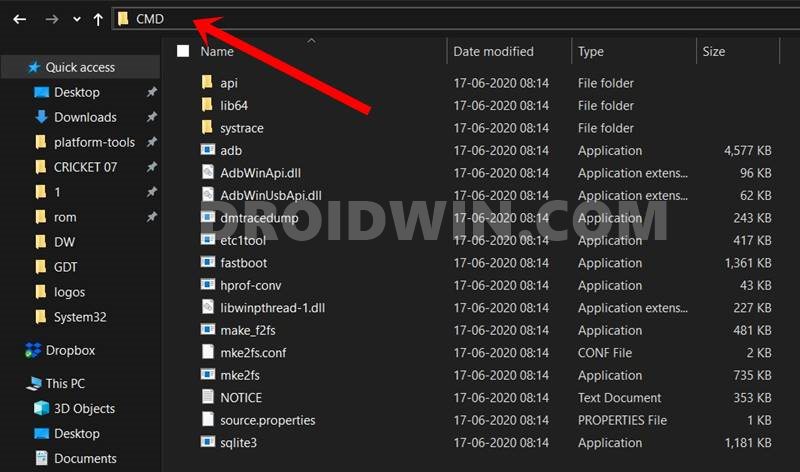
Now type in the below commands in this CMD window, one at a time, to flash the firmware files. Make sure you replace the filename keyword in the below commands with the actual name of the firmware files (if you don’t want to manually type in these commands, then there is another way out. Refer to FAQ 1 of this guide to know more).
fastboot flash bootloader bootloader-filename.img fastboot reboot bootloader fastboot flash radio radio-filename.img fastboot reboot bootloader fastboot update image-filename.zip
As soon as all the commands have been expected, your device will reboot to the OS. If that doesn’t happen, then you may manually do so as well via the below command:
fastboot reboot
That’s it. These were the steps to downgrade any Pixel device using the Fastboot Commands. Let’s now check out this could be carried out via the Android Flash Tool.
FAQ 1: Flashing Pixel Firmware without Manually Entering Fastboot Commands
The first method that we have listed to downgrade your Pixel device was using the Fastboot Commands. In that, you had to manually type in the commands and replace the filename in the commands accordingly. However, if that is asking way too much effort, then there’s an alternate method as well.
- First off download and install an advanced text editor software, such as Notepad++.
- Then go to the platform-tools folder where the extracted firmware files are present.
- Right-click on the flash-all.bat file and select Edit with Notepad++.

- Now go to the last line of the file and remove the -w from it.

- So if the line was:
fastboot -w update image-filename.zip
- It will transform to:
fastboot update image-filename.zip
- Once you have made the said change, hit the Ctrl+S shortcut to save the file.
- Now run the flash-all.bat file and it will flash the firmware without any data loss.
That’s it. These were the steps to downgrade any Pixel device without manually entering the Fastboot Commands.
FAQ 2: Downgrade Pixel Device via Android Flash Tool
Google also has a web-based tool known as Android Flash Tool through which you could flash the firmware onto your device. And as you might have guessed, it could be used to carry out the downgrade process as well. This process is entirely UI-based and requires a only few clicks. But why haven’t we mentioned that method and rather proceeded with the Fastboot Commands to downgrade your Pixel device?
Well, it is because that process requires your device to be in fully working condition. In other words, you should be able to access the device’s Settings menu and then enable USB Debugging. However, most of the users are either stuck in bootloop or soft brick and hence they wouldn’t be able to make use of this process.
![]()
On the other hand, the Fastboot Method that we have discussed in this guide works with bricked and boot-looped devices as well (as Fastboot Mode doesn’t require Debugging). Anyways, if you still want to get acquainted with the Android Flash Tool method, then do let us know in the comments section. UPDATE: Here’s the guide- How to Downgrade Pixel Devices via Android Flash Tool.
On that note, we round off this guide on how you could downgrade your Pixel device using Fastboot Commands. If you have any queries concerning the aforementioned steps, do let us know in the comments. We will get back to you with a solution at the earliest.
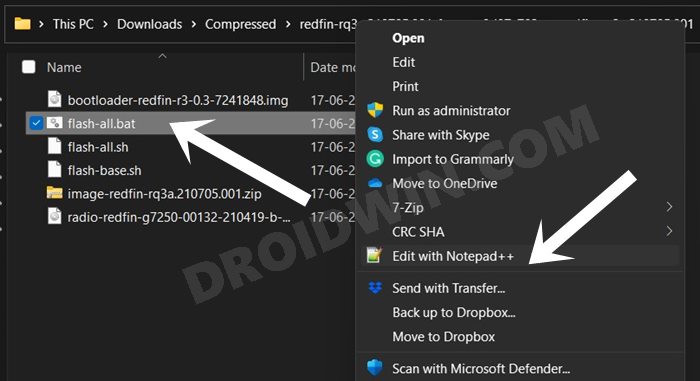




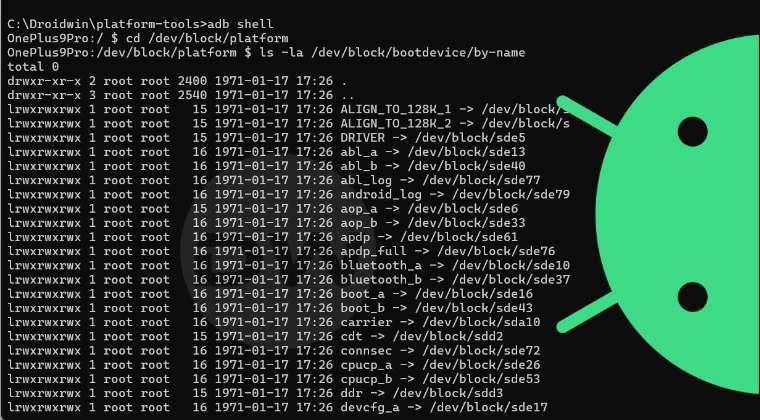
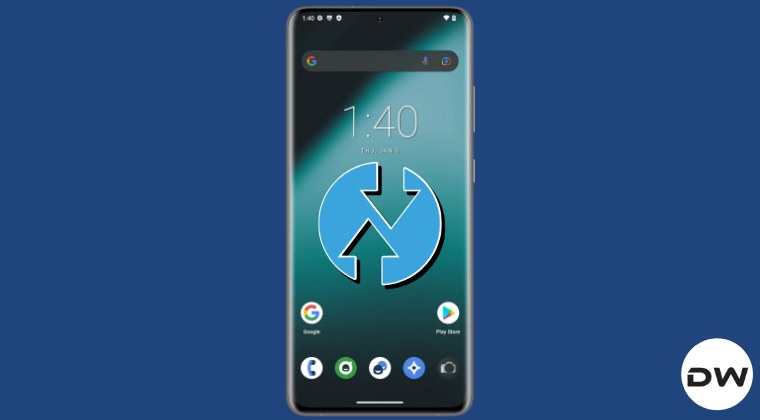
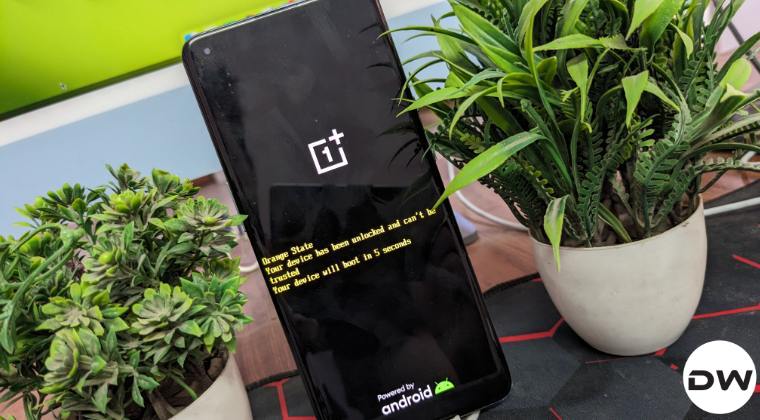

Jaden
Hi Sadique, I’m more comfortable dealing with the Android Flash Tool rather than Fastboot Commands. So could you please write a guide on How to Downgrade Pixel via Android Flash Tool. Thanks.
[By the way, my device is Pixel 3A].
Sadique Hassan
Hi Jaden, just give me a day or two, will cover up the said article [it will be a generic guide covering all the Pixel devices].